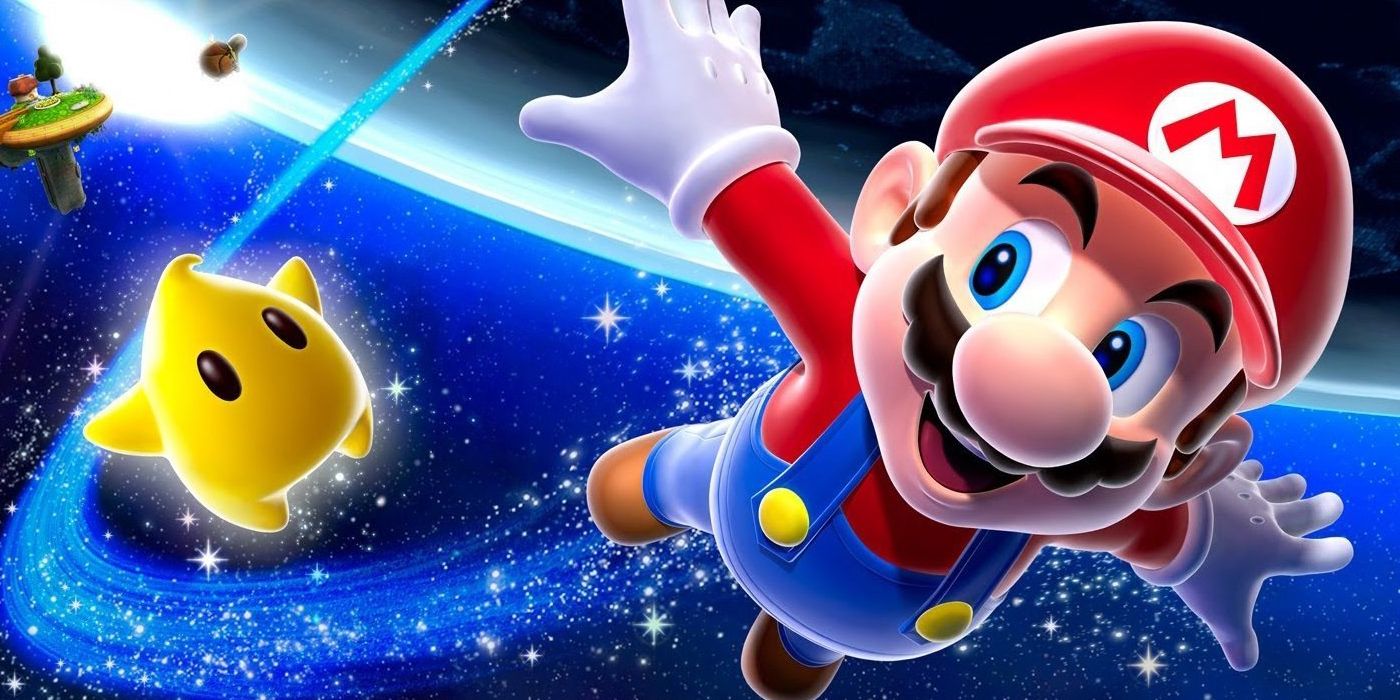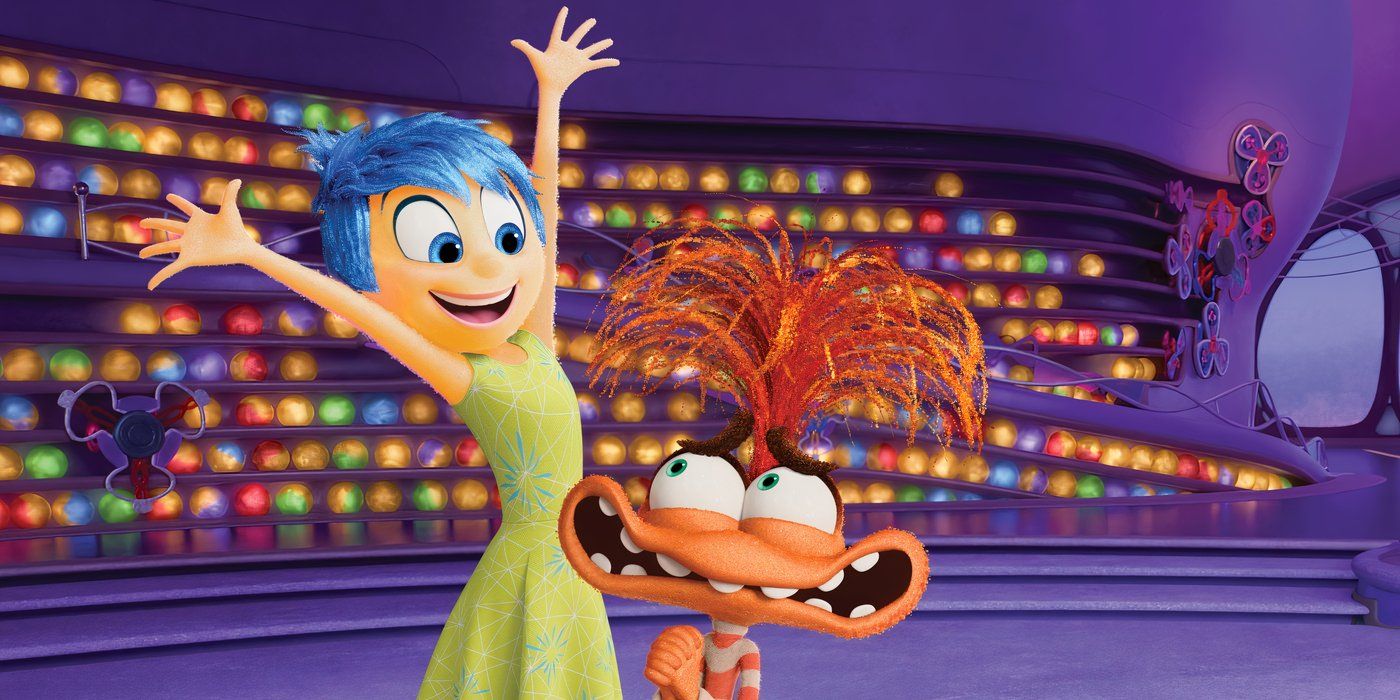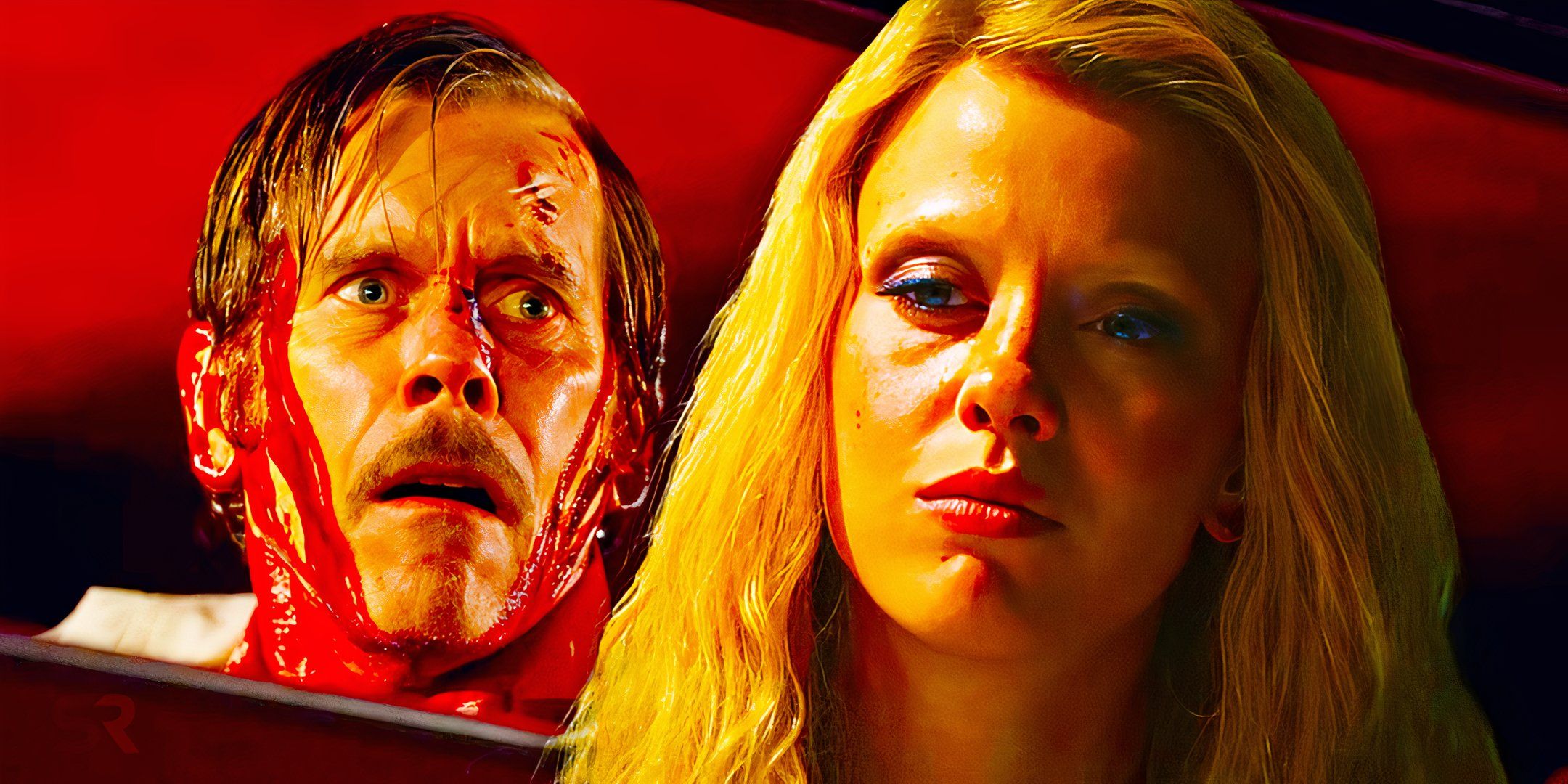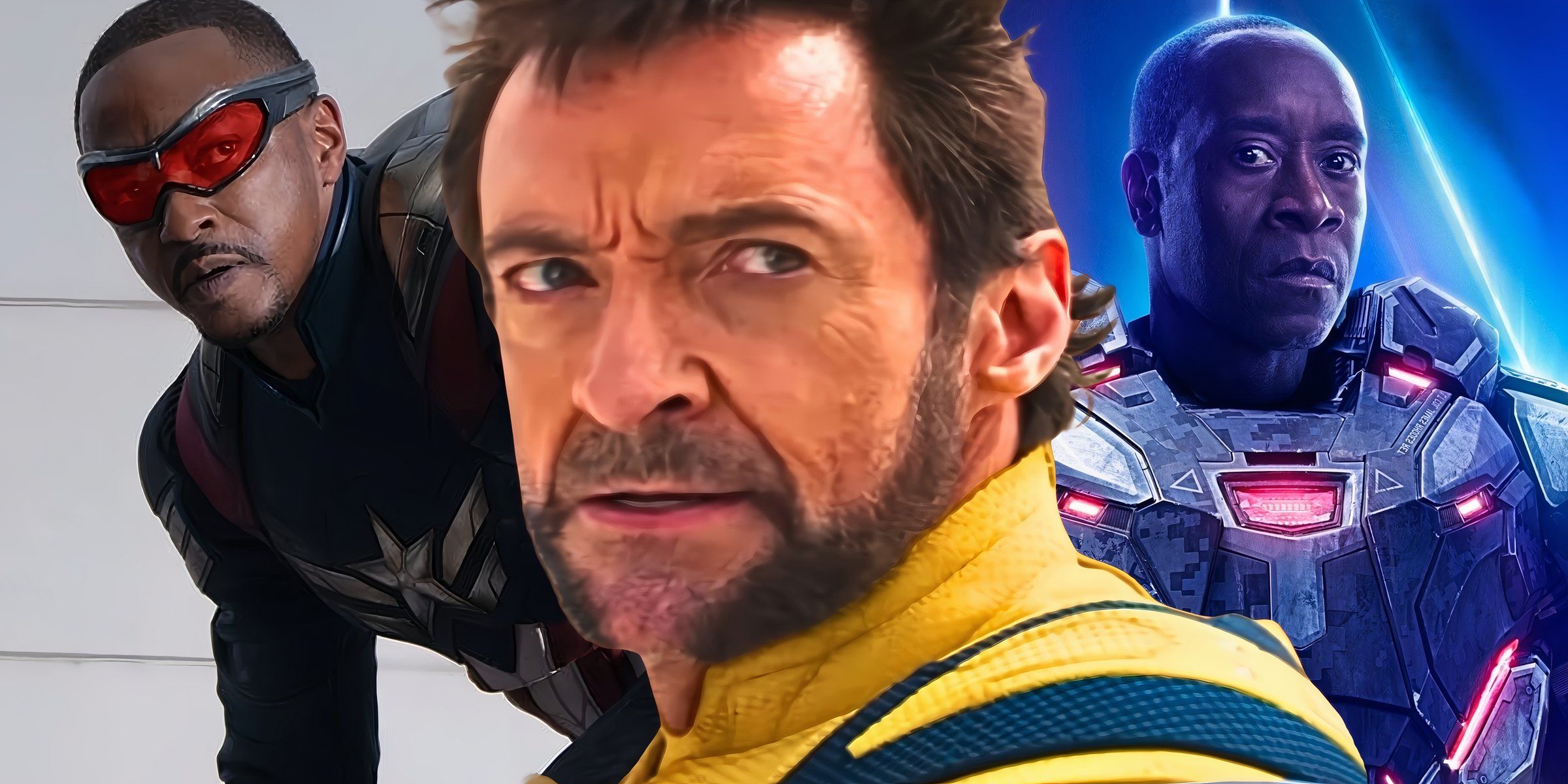A Super Mario Galaxy remaster on the Nintendo Switch could be a success, if Nintendo can fix some of the original’s flaws. News of a Super Mario Galaxy remaster leaked recently, and the game is expected to release sometime later this year as part of the Super Mario Brothers’ 35th Anniversary. The original Super Mario Galaxy released for the Nintendo Wii in 2007 and remains a beloved entry in Mario’s long-running history. Despite receiving critical acclaim and success at the time, a common complaint hurled Galaxy’s way is in regards to the gimmicky way the Wii Remote and Nunchuk used the motion controls and pointer.
The motion controls and pointer were typically used for various functions like collecting Star Bits, which could then be shot at enemies or fed to Lumas. The pointer was also used for grabbing onto Pull Stars to launch Mario through space. A lot of fans have since complained about these gimmicks, but it was a novelty at the time.
Since the Switch already has motion controls, it’s theoretically possible to implement the same mechanics into a Super Mario Galaxy remaster. The obvious fix here is to have the Joy-Cons function in a similar manner to the Wii Remote. Nintendo hasn’t shied away from using Joy-Cons this way either. Similar motion controls have been used in 2017’s Super Mario Odyssey, where snapping the Joy-Cons got Mario to perform a Spin Throw, or shaking them made Mario run faster. Most recently, the motion controls were used in Paper Mario: The Origami King, specifically when Mario is using the 1,000 Folding Arms ability.
Why Mario Galaxy’s Remaster Should Change

Still, using motion controls is a source of contention. Fans weren’t exactly thrilled when these controls were featured in Odyssey, and motion controls have gotten a lot of negative feedback since resurfacing in Origami King. Thankfully both Odyssey and Origami King’s motion controls can be turned off. So, how could that work in the Super Mario Galaxy remaster?
An obvious answer is that gameplay features once used by the pointer could be relegated to the joystick. However, this could get complicated when Mario is flying through levels and players must use point-and-click mechanics to dodge obstacles or grab collectibles. The easiest solution here would be for Nintendo to streamline this and rely on timed button-pressing. For instance, players could use the joystick to control Mario, but rather than having to use the second joystick to point at an obstacle in order to dodge it, a perfectly timed press of the “A” button could allow Mario to dodge instantly.
Additionally, functions such as collecting or expelling Star Bits could also be relegated to the controller buttons, perhaps utilizing some sort of suction system. Super Mario Galaxy games are all about gravity, so it would make sense if Mario could press a button to make Star Bits orbit around him in much the same way he orbits the different planets. Whatever route Nintendo decides to take, the biggest hurdle they have to overcome is how to make Super Mario Galaxy work on the Switch, while making motion controls completely optional.





